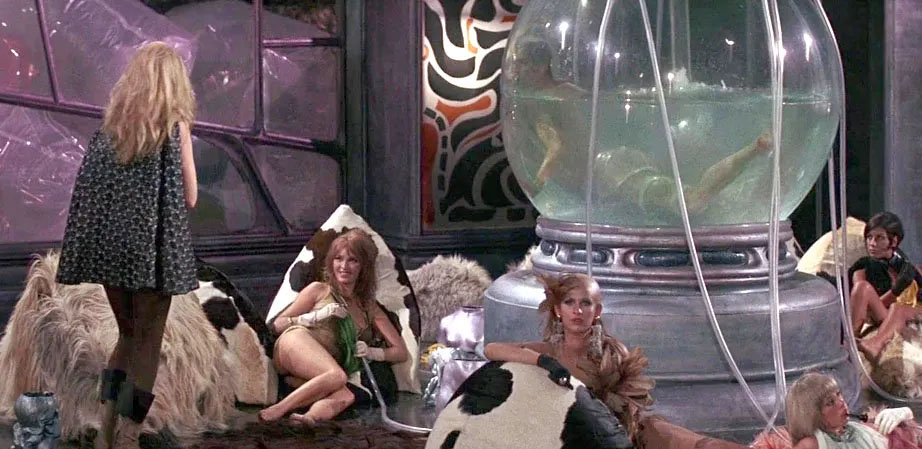When I hear people say what they like about RPGs, oftentimes it’s something along the lines of “it’s fun to tell stories with your friends.” And while I love stories, and I enjoy the stories that emerge from playing RPGs, sometimes I find centering the idea of telling a story a little stressful. I think this is because I create a pressure on myself to “do good writing.” Perhaps I can learn to stop putting this pressure on myself. Becoming aware of and changing my relationship with the pressures I put on myself is an ongoing project ;).
In the meantime, I’ve been thinking about the things I like about RPGs that aren’t “telling a story.” A story will tend to emerge from these things, because they usually involve events happening in sequence, but I find it exciting to release the intention of telling a story.
I’m going to experiment with doing a blog series where I post about things I enjoy in RPGs that aren’t “telling a story.” The first one is “describing.”
Describing
I watched Barbarella for the first time recently, and then proceeded to listen to a bunch of podcasts about Barbarella. I had an “aha!” moment listening to the Midnight Mass podcast, Episode 39, Barbarella, where they said “[Barbarella is] more about these extravagant set pieces and these strange sequences that further push you into a non-reality than any really structured plot… it’s a bunch of just scenes until the plot sort of happens, but each of those scenes are sort of their own draggy experiences.”

Just like the extravagant set pieces and strange sequences in Barbarella, there is a playful joy in simply describing wild shit. Whether it’s a setting, a situation, or a creature, I relish the creative act of describing. This can be a special treat for the GM, or something the whole table contributes to, depending on the style of game. The describing can be conjured up wholly from your imagination, a response to a prompt, or filling in the blanks in something from an adventure module. I have found great satisfaction in treating this act of describing as play in-and-of-itself, rather than as something in service to another goal, such as telling a story.
This is one of the things I love about GMing Mouth Brood by Amanda Lee Franck. The module has you constantly describing environments full of strange plants and animals, then rolling a random encounter with an animal, that has a random behavior, that may involve it interacting with another random animal. Ingesting that series of nested prompts and then launching into a description of what’s happening that weaves them all together puts me into a locked-into-the-present-moment state where everything else falls away. I love it.
I also found the procedure for creating a dungeon in the Cairn 2E Warden’s Guide to scratch a similar itch. Describing the dungeon, and then describing the individual rooms of the dungeon, all responding to prompts from two-column spark tables, was an absolute delight. Both in describing them to myself as I wrote my notes, and in describing them to my players during the session.
A final example, for players this time, is the joy of describing what your character is wearing. There is a delightful example of this in the Dimension 20 actual play “A Court of Fey and Flowers” where Oscar Montoya has so much fun describing his character’s outfit, and the rest of the cast have so much fun listening to the description, that it becomes a recurring element that is repeated every episode. Not every character has as deep and fantastical of a closet as Oscar’s character Delloso de la Rue, but I’ve enjoyed it every time I pause for a moment to describe the appearance, the posture, the movement, the smell, the sound of my character, their clothes, or their equipment.
Next time you’re playing a game, you might try being mindful of opportunities for description. If you start describing something, and it feels like it’s starting to resonate, dive in! Let everything else fall away, and get wild with description.